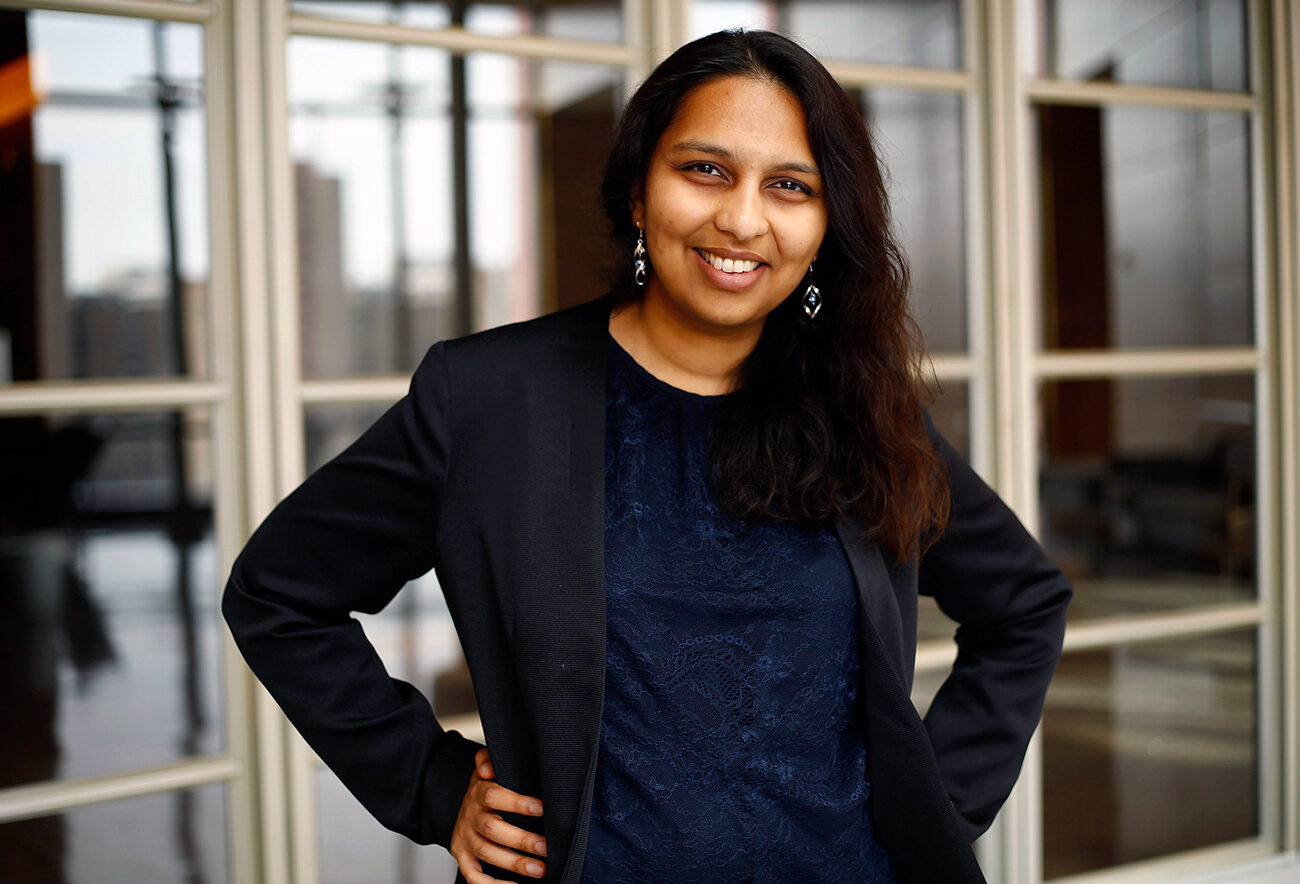The newly-launched Wharton Healthcare Analytics Lab’s aim is to focus on algorithmic improvements in four areas: resource allocation, workforce well-being, clinical trial practices, and health equity.
Although the idea of making artificial intelligence (AI) large language models full partners with clinicians in the diagnosis and treatment of patients is the most exciting potential for the innovative technology, Lab co-director Hamsa Bastani emphasizes how caution will guide its work in this exploding new area of health services research.
“When you’re talking about AI and machine learning in health care, there are a great many challenges and potential unintended consequences,” says Bastani, who is an LDI senior fellow and an associate professor of operations, information, and decisions at the Wharton School.
One of the goals of the new lab is to support the development of AI-based clinical decision support systems in which machines and humans work together as a true team in ways not yet completely tested or defined.
“We’re very excited about the potential use of large language models in a couple different ways,” says Bastani. “They can be trained on nursing notes and medical notes, which are largely untapped sources of information and capture lots of useful information like socioeconomic factors, patient’s mental state and so on, that aren’t captured by traditional clinical features but do significantly affect health outcomes.”
She notes that such emerging algorithmic tools are not yet ready to be used directly on patients. “Right now, our focus is to ask, ‘Can they be clinician-facing with some supervision from the clinician?’ For example, the AI may draft medical notes or summaries, which a clinician could then look over and edit. That way, there’s a clear guard rail so we’re not letting these algorithms loose into the wild,” says Bastani.
“Currently,” she says, “clinical trials tend to be statically designed. They’re not actually personalized or dynamically customized in any way. We’ve been thinking about leveraging data from historical clinical trials or pilots to ‘warm start’ these predictive models. The collaboration with Penn’s Health Incentives and Behavioral Economics for Better Health gives us a very unique opportunity to do that, because they’ve been working on some of these problems for a long time. They’ve conducted numerous trials in the past and can leverage that data to learn something about patient response, and then leverage that information in a new clinical trial.”
Read more at Penn LDI.








